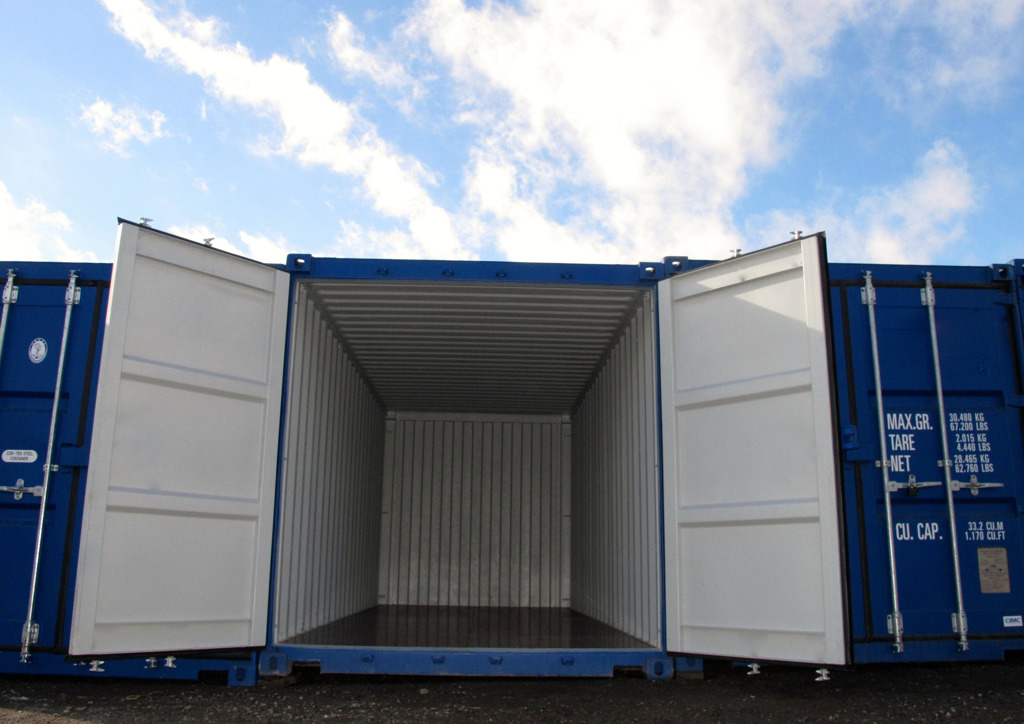

Test methods for ASTM D6179 are for testing the integrity of unit loads, large shipping crates. They also test the ability of these units to withstand rough processing throughout the distribution process.

For the purposes of this standard, a combined load is defined as articles or containers fixed to each other to be treated as a unit. Large shipping boxes and crates are the size and weight they require mechanical handling.
The case or crate can be fixed by being supported by a base or pallet. It is important to note that since all test methods are not applicable to all products, containers and loads, the user must find the most appropriate tests to achieve their goals.
Test Method AE- Drop Test - these methods are used to measure the ability of the test sample to withstand harsh use effects. The test results can also provide information to help identify areas where the sample needs to be developed through the new design. (A and B test methods are not typically used for unit loads)
The importance of ASTM D6179 is twofold for the user. The test will help the user determine the integrity and stability of the container under test. In addition, test results can help the user identify weak spots in the design of the container. Damage to the container or its contents can be expected to be related to the damage that will occur during the distribution process. This test is often used to meet a legal or contractual requirement. It is therefore subject to the approval of the institution concerned.
To obtain the most accurate results by ASTM, it is recommended to test several containers of a certain design. The container should also be the actual container used on the field. However, if it is not possible to test the actual container, a replica should be made with the same height and a base size as the original.
It is also important to pack the container to be packed in the same content and area. A container can be used to progress through different test methods, unless it fails any test up to that point. The sample sample must be adjusted to the appropriate standard or pre-set before any test.
The test (s) will be carried out according to the standards specified in ASTM D6179. At the end of the test, a report will explain the results of the tests in detail.
To get an appointment, to get more detailed information or to request an evaluation, you can ask us to fill in our form and reach you.